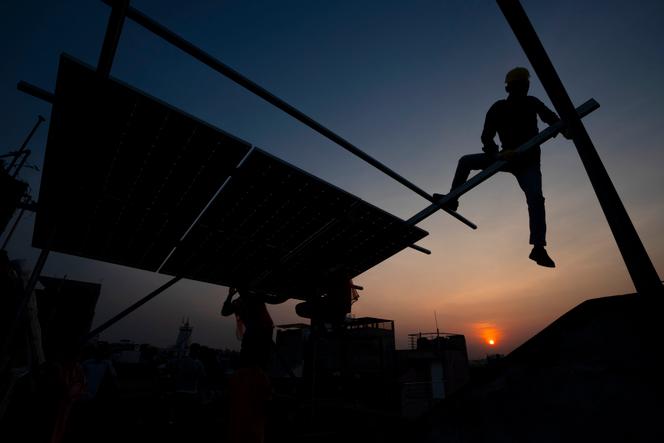


The 29th United Nations Climate Conference (COP29), due to open in Azerbaijan on Monday, November 11, will focus on the hot-button issue of climate financing. Countries must adopt a new global target to replace the one set in 2009, which had called for wealthy countries to annually commit $100 billion (€92 billion) in aid to developing countries, a sum that was reached in 2022 – two years later than planned. Romain Weikmans, associate professor of international relations at the Université Libre de Bruxelles, has decoded the misconceptions and misunderstandings between North and South in this negotiation, which is far from being merely technical.
They are massive, and far from being met. Already in 2009, the pledged figure of $100 billion was considered insufficient to meet the scale of their needs. This symbolic figure, drawn up without any scientific basis, was used as a last-minute bargaining chip in an attempt to "buy" the developing countries' signatures of the Copenhagen Accord. Since then, the impacts of climate change have considerably increased.
Assessing the cost of reducing emissions and adapting to the effects of global warming is particularly complex. The committee tasked with finance within the climate conference arrived at a figure of $5.9 trillion by 2030, by adding up the developing countries' declared needs, but they have not all quantified them.
Some global South countries have proposed that the new financing target be set at $1 or $1.3 trillion a year, by 2030. Beyond the specific amount, the important thing is what is being accounted for. Developing countries have insisted that this money must be public, counted as a grant equivalent and be "new and additional" with regard to official development assistance pledges.
These controversies have been undermining trust between North and South for over 15 years. Most rich countries count their donations and their loans, which must be repaid, together in the same way, which irritates developing countries; and they estimate the sums they provide rather roughly. For example, the construction of a school equipped with solar panels could be entirely counted as climate financing, though only a fraction (the cost of the panels) helps combat global warming. According to research by the NGO Oxfam, only a third of the $116 billion, the total rich countries claimed to have provided in 2022, can really be counted as climate financing.
You have 53.57% of this article left to read. The rest is for subscribers only.
